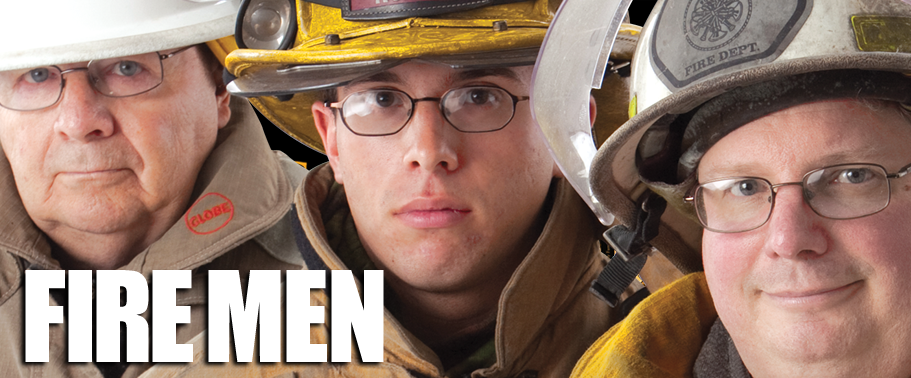I recently came across a fascinating historical
document. The rules and regulations for
the Los Angeles Fire Department from 1901 are, in many respects, not much
different than those in place in many departments today, a century
removed. One major difference was
apparatus propulsion, the turn of the century still being what we view as the
romantic era of the horses. Contrary to
the opinion of the third generation, his father (me) and grandfather had no
actual experience in the horse drawn days.
After reading the policies relating to the care for the diesel engines
of the day, one wonders if the brothers then viewed them with the fond
nostalgia we do. The rules show the
importance of the animals was paramount
RULE 13.
CARE OF HORSES, APPARATUS, HOSE, ETC.
CARE OF HORSES, APPARATUS, HOSE, ETC.
SECTION 1. Horses shall be fed not more than four quarts of grain and about twenty pounds of hay daily, and twice a week shall be fed a bran mash.
SEC. 2. Hours for feeding horses shall be 6.30 A.M. and 4.00 P.M., and must be watered at least thirty minutes before feeding time.
SEC. 3. Horses shall be thoroughly groomed every morning, their hoofs picked out and cleaned, their manes and tails washed with soap and water once every week and thoroughly dried after washing; the sheath shall be washed every two weeks. Grey or white horses may have stains sponged off with warm water and soap, but must be thoroughly dried immediately. White legs may be washed in the same manner, otherwise the legs must never be washed. Washing horses is strictly forbidden, unless by permission of the Chief Engineer, and then only with bucket and sponge.
SEC. 4. On returning from an alarm, horses' mouths and nostrils must be sponged out, and may be given a few swallows of water, and, if warm, must be scraped, rubbed dry, and blanketed. Sweat should be removed from around the eyes and under the tail with a damp sponge. Horses must never be given grain while hot after a run or exercise.
SEC. 5. Teasing or annoying horses, or teaching them tricks is strictly forbidden.
SEC. 6. Horses shall be exercised daily within three blocks of the house, for a period of not less than one-half-hour, hitched to the apparatus (Sundays excepted). In wet weather the horses shall be exercised without the apparatus.
SEC. 7. A bucket must not be used to catch the horse's urine in, nor shall they be taught any like peculiarities. If a horse is staining to urinate, straw should be shaken under him. The stall should be washed out immediately and all manure must be removed immediately.
SEC. 8. If a horse is injured or shows signs of sickness the commanding officer of the company must be notified at once.
SEC. 9. Horses must be treated kindly, taught by kindness to come promptly to their place and perform their part of the service without the unnecessary use of the whip. The unnecessary use of a whip by any member will subject the offender to suspension or dismissal.
Morning check-out, washing rigs, changing fluids, filters,
adding fuel, waxing (grooming); reporting mechanical problems or
accidents—maybe things haven’t changed much after all.


